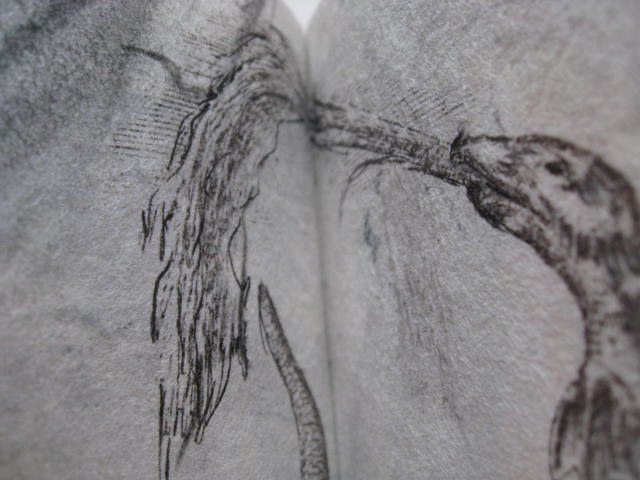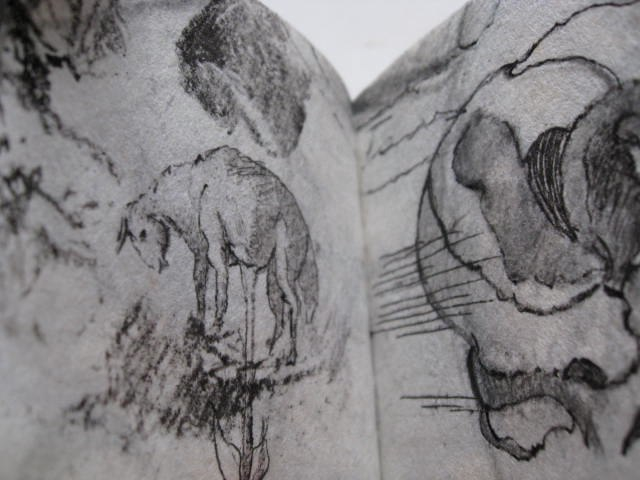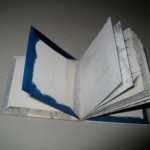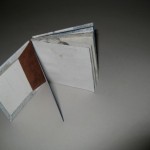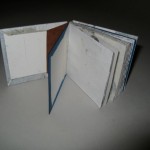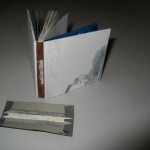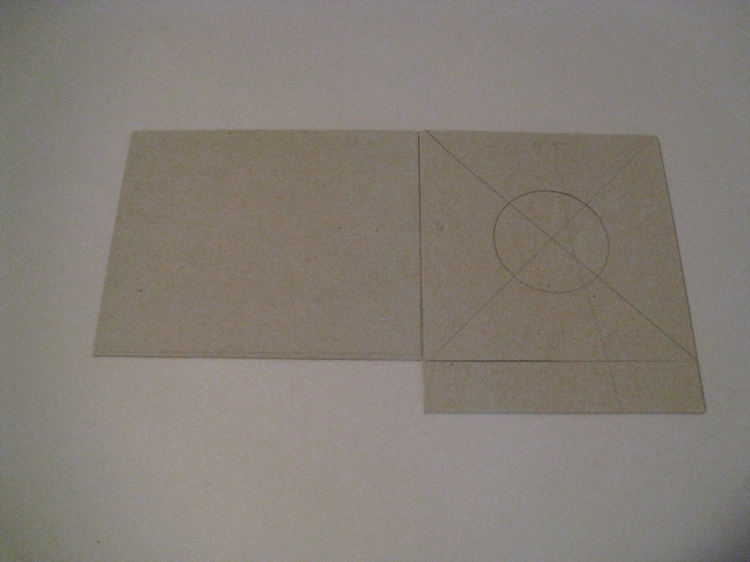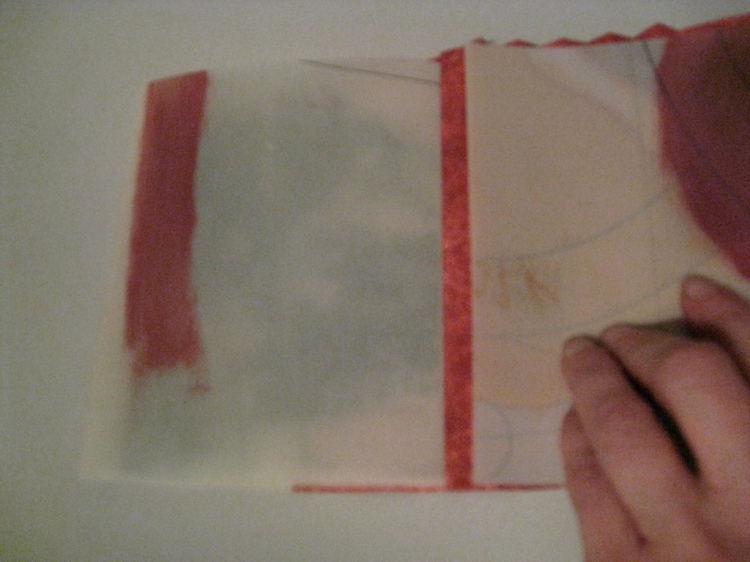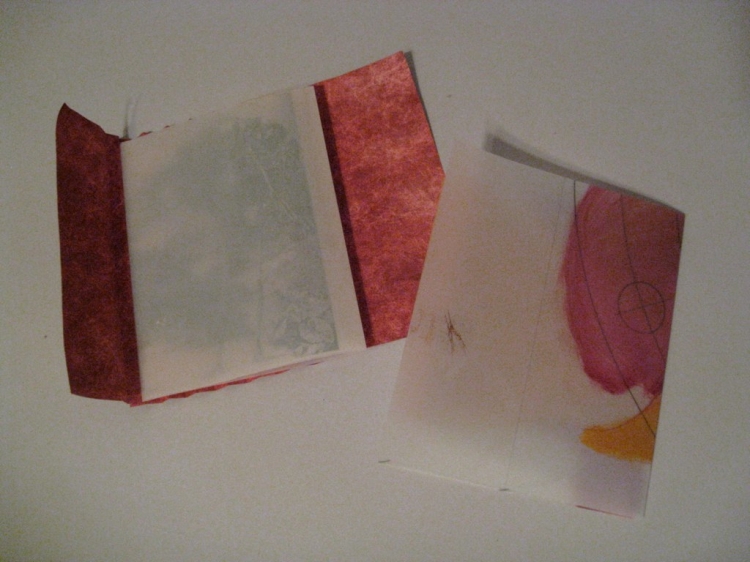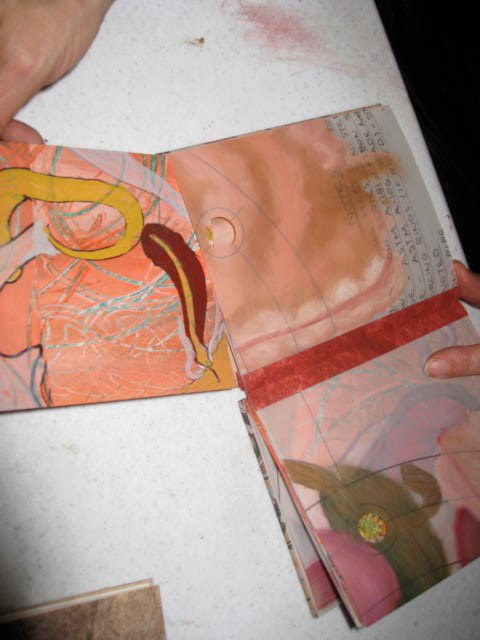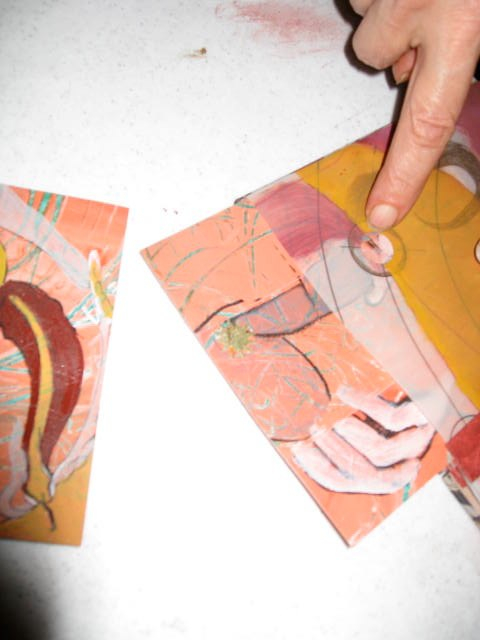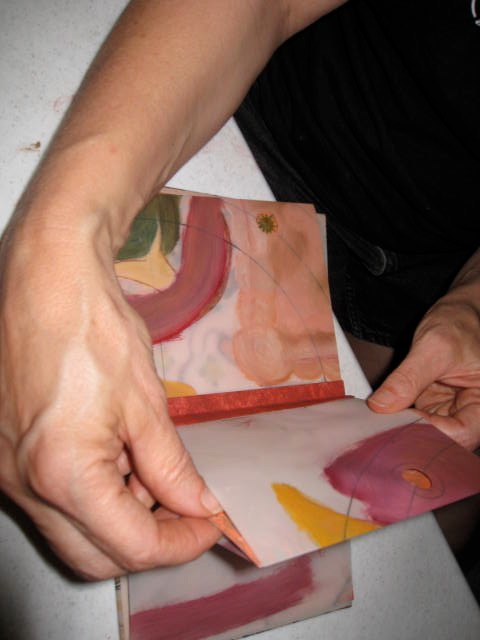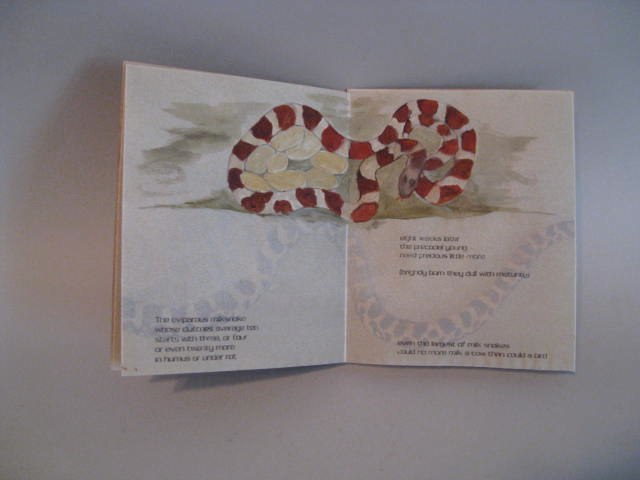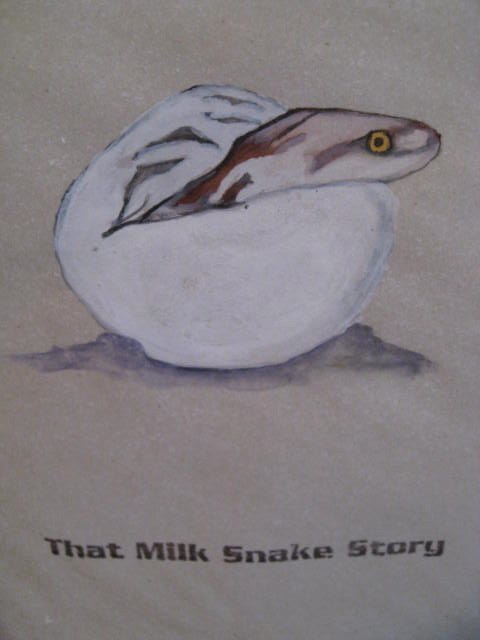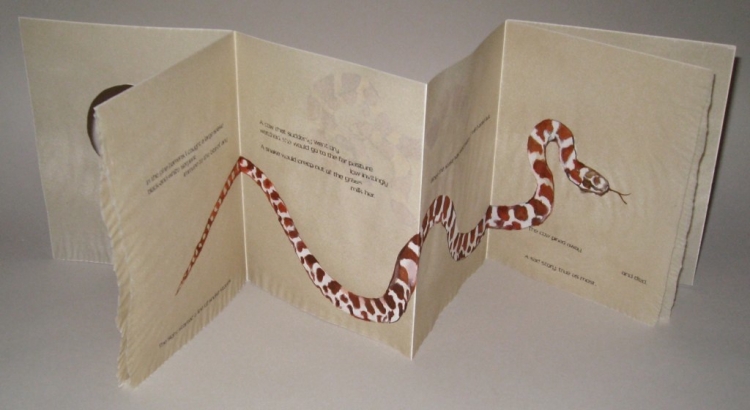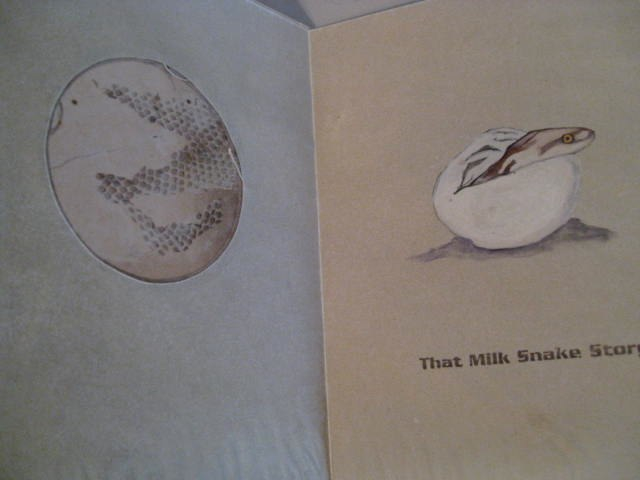 This post comes at the request of a special collections librarian, curious about the use of wax (problematic in its stickiness and fragility) on the lid and base of this book’s container. The material use of Tongue Tied is an excellent example of material selection bearing close relationship to project content/concept.
This post comes at the request of a special collections librarian, curious about the use of wax (problematic in its stickiness and fragility) on the lid and base of this book’s container. The material use of Tongue Tied is an excellent example of material selection bearing close relationship to project content/concept.
Tongue Tied is based on a poem by Patricia Beers, a disturbing poem describing the almost unbearable results of a lifetime of keeping silent.
The subject matter is a painful one. One reaction to pain is what I think of as ‘fear biting’ – holding others at bay because to allow closeness invites pain. To get physically close to this text isn’t impossible but does require caution as it, and the box it is housed in, have the sharp end of nails sticking out.

When one is silent, others have to to dig and pry to find out more. Some of the text is hidden beneath images that need to be lifted to be read, other texts have incomplete letter forms (accomplished by using an asian lace paper), making passages difficult, but not impossible to read.
 Another panel lifts to hold part of a broken and smashed thimble. This obvious use of artifact links to the text line ‘whatever silenced me when young has put a thimble on my tongue’.
Another panel lifts to hold part of a broken and smashed thimble. This obvious use of artifact links to the text line ‘whatever silenced me when young has put a thimble on my tongue’.  Another panel lifts to expose the narrow shape I use to depict a scar, this one has stitching implying the wound is held closed, but barely.
Another panel lifts to expose the narrow shape I use to depict a scar, this one has stitching implying the wound is held closed, but barely.
A less obvious relationship of material to content is the use of a plasticized Wyndstone paper that reminds me of commercial floor linoleum. Here is the back story behind that selection:
When I was in elementary school, one of my favorite classes was science. The teacher, Miss Koury, was big boned and focused, quite often the butt of jokes I didn’t then understand. She brooked no nonsense. Typically there would be a lecture, a demonstration and then we would line up to gather materials for our assignments. I was a well-behaved child for the most part, and didn’t get in trouble for talking in other classes. But in Miss Koury’s class, wild with enthusiasm, I was frequently reprimanded for talking while waiting in line.
My punishment was to be locked in the storage closet during the best part of the class. The closet had a commercial linoleum much like the Wyndstone paper. I was silenced. My love of learning had to live side by side with a fear of being punished for displaying joy at the process. I spent the rest of my school life avoiding science classes. When I saw this Wyndstone paper at an art supply store, I was stricken by something I couldn’t then identify or articulate. I bought it not knowing why soon after I brought the paper to the studio I found this poem and began designing this book.
 The book is contained in a black mesh box, the mesh walls held in place with galvanized nails, at the same time the mesh wraps around the outside of the nails; additional stitching helps hold everything in place. The use of ‘galvanized’ material is relevant. One definition is to shock or excite someone into taking action, the other to coat iron or steel with a protective layer of zinc. I leave you to reason why I chose these particular nails for the box.
The book is contained in a black mesh box, the mesh walls held in place with galvanized nails, at the same time the mesh wraps around the outside of the nails; additional stitching helps hold everything in place. The use of ‘galvanized’ material is relevant. One definition is to shock or excite someone into taking action, the other to coat iron or steel with a protective layer of zinc. I leave you to reason why I chose these particular nails for the box.
 Both the base and lid to the box are painted black, and then overcoated with a beeswax/damar mix that has been pigmented with dry charcoal. The result it a semi-hard surface that remains sticky, attracting bits of dirt and dust, adding another layer of the fear-biting concept to this work. Emphasizing duality by enticing one to come closer and then imposing risk of harm when one does come closer is a hallmark of some of my more succesful pieces.
Both the base and lid to the box are painted black, and then overcoated with a beeswax/damar mix that has been pigmented with dry charcoal. The result it a semi-hard surface that remains sticky, attracting bits of dirt and dust, adding another layer of the fear-biting concept to this work. Emphasizing duality by enticing one to come closer and then imposing risk of harm when one does come closer is a hallmark of some of my more succesful pieces.
Tongue Tied is held in several public and special collections including University of Colorado, Norlin Library, University of Utah Marriot Library, University of Denver Penrose Library, University of Idaho, Savannah College of Art and Design and Oberline University. A few copies remain and can be purchased by contacting any of my dealers: Abecedarian Gallery, 23 Sandy Gallery, Vamp and Tramp Booksellers.















 I scanned both the negatives and the disintegrating envelopes they were stored in, and printed them via both ink & laserjet. The negatives and prints from the scans are bound wire-edge style.
I scanned both the negatives and the disintegrating envelopes they were stored in, and printed them via both ink & laserjet. The negatives and prints from the scans are bound wire-edge style.









